Home>Gardening & Outdoor>Landscaping Ideas>What Do Grass Chiggers Look Like
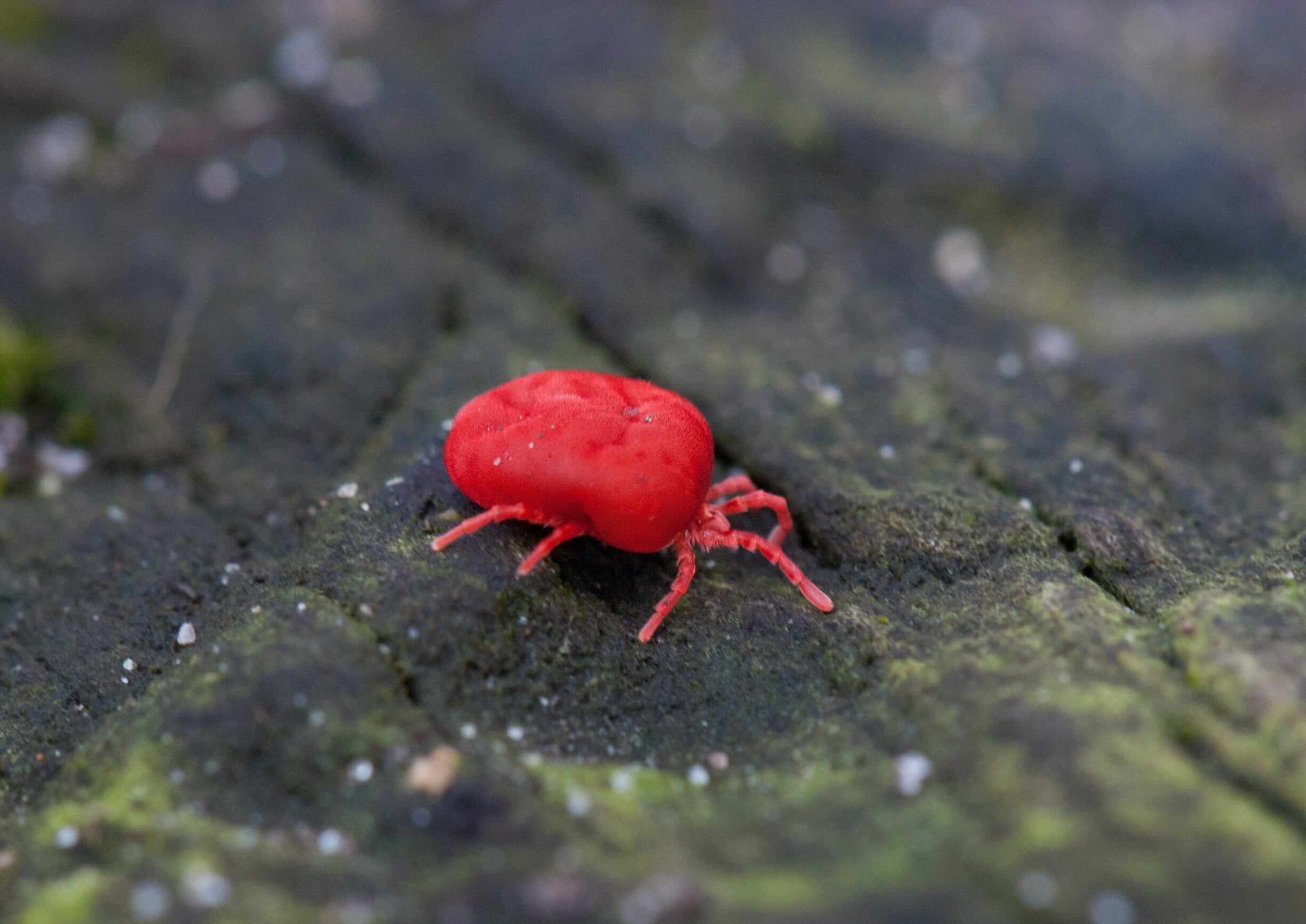

Landscaping Ideas
What Do Grass Chiggers Look Like
Published: January 29, 2024
Discover what grass chiggers look like and how to prevent them with our expert landscaping ideas. Get tips to keep your lawn chigger-free!
(Many of the links in this article redirect to a specific reviewed product. Your purchase of these products through affiliate links helps to generate commission for Storables.com, at no extra cost. Learn more)
Introduction
Grass chiggers, also known as harvest mites or red bugs, are tiny arachnids that belong to the Trombiculidae family. These minuscule pests are notorious for their itchy bites, which can cause considerable discomfort. Despite their name, grass chiggers are not actually insects; they are in the same family as ticks and spiders. Understanding the physical characteristics, life cycle, behavior, habitat, and interaction with humans is crucial for effective prevention and treatment of their bites.
In this comprehensive guide, we will delve into the world of grass chiggers, exploring their appearance, habits, and the best practices for avoiding and alleviating the irritation caused by their bites. By gaining insight into these aspects, you can better protect yourself and your loved ones from the nuisance of grass chiggers.
Key Takeaways:
- Watch out for tiny red or orange grass chiggers in grassy areas during warm months. Protect yourself with long clothing and insect repellent to avoid itchy bites.
- If you get chigger bites, use anti-itch creams and avoid scratching to ease discomfort. Seek medical help for severe reactions. Stay informed and enjoy the outdoors!
Read more: What Do Grass Grubs Look Like
Physical Characteristics
Grass chiggers are incredibly small, measuring about 0.4 millimeters in length, which is barely visible to the naked eye. Their reddish-orange coloration makes them stand out, especially against light-colored clothing or skin. These pests have six legs in their larval stage and eight legs as adults, similar to spiders. Their larvae are the stage most commonly encountered by humans, as they are parasitic and require a host for nourishment.
One notable physical feature of grass chiggers is their unique mouthparts, which are specifically adapted for feeding on the skin cells of their host. These tiny, needle-like structures allow them to pierce the skin and inject digestive enzymes, which break down the skin cells into a more easily ingestible form. This feeding process is what causes the characteristic red, itchy welts associated with grass chigger bites.
Despite their minuscule size, grass chiggers are incredibly resilient and can survive in various environments, including grassy areas, forests, and even gardens. Their ability to thrive in diverse habitats makes them a common nuisance in many regions, particularly during the warmer months when outdoor activities are more prevalent.
Life Cycle
The life cycle of grass chiggers consists of several stages, each with its own unique characteristics and behaviors. These stages include eggs, larvae, nymphs, and adults. Understanding the life cycle of grass chiggers is essential for implementing effective control measures and minimizing their impact on humans and pets.
Grass chiggers begin their life cycle as eggs, which are typically laid in damp, grassy areas. After a period of incubation, the eggs hatch into larvae, the stage at which they are most likely to come into contact with humans. Larval grass chiggers are parasitic and require a host for sustenance. They are highly mobile and seek out hosts by detecting carbon dioxide and heat, often latching onto exposed skin, particularly around the ankles, waistband, and other areas where clothing fits tightly.
Once attached to a host, the larvae feed on skin cells for several days before dropping to the ground to develop into nymphs. During this phase, they undergo a molting process and emerge as adults. The adult stage is when grass chiggers mate and lay eggs, completing the life cycle.
It’s important to note that the entire life cycle of grass chiggers can take several weeks to months, depending on environmental conditions such as temperature and humidity. Understanding the timing of their life cycle can aid in predicting peak activity periods and taking preventive measures to avoid encounters with these pests.
Behavior
Grass chiggers exhibit specific behaviors that contribute to their interaction with humans and other hosts. Understanding these behaviors is crucial for minimizing the risk of bites and effectively addressing potential infestations.
One key behavior of grass chiggers is their attraction to hosts through the detection of heat and carbon dioxide. When humans or animals are in close proximity, particularly in outdoor environments, grass chiggers are adept at locating potential hosts and latching onto exposed skin. Their preference for areas where clothing fits tightly, such as waistbands and sock lines, makes these locations prime targets for chigger bites.
Once attached to a host, grass chiggers use their specialized mouthparts to pierce the skin and feed on skin cells. This feeding process can lead to the development of itchy, red welts, often in clusters, at the bite sites. While the bites themselves are not typically harmful, the intense itching and discomfort they cause can be a significant nuisance.
Grass chiggers are most active during the warmer months, particularly in areas with tall grass, dense vegetation, and high humidity. Their behavior is influenced by environmental conditions, and they are more prevalent in outdoor spaces where these factors are present. Understanding their behavioral patterns can help individuals take proactive measures to minimize the risk of encountering grass chiggers and experiencing their bites.
Grass chiggers are tiny, red or orange mites that are barely visible to the naked eye. They have six legs and are often found in grassy or wooded areas. Wear long clothing and insect repellent to prevent bites.
Habitat
Grass chiggers thrive in a variety of outdoor habitats, particularly in areas with dense vegetation, tall grass, and high humidity. Understanding their preferred habitats is essential for minimizing the risk of encountering these pests and experiencing their bites.
One of the primary habitats of grass chiggers is grassy and wooded areas, including meadows, fields, and gardens. They are often found in regions with lush vegetation, as these environments provide ample cover and moisture, creating ideal conditions for grass chiggers to thrive. Additionally, they are commonly encountered in parks, hiking trails, and other outdoor recreational areas where tall grass and foliage are present.
Moist, shaded areas are particularly attractive to grass chiggers, as these conditions support their survival and development. Damp soil, leaf litter, and brush piles also serve as suitable habitats for these pests, providing shelter and moisture necessary for their life cycle. When venturing into outdoor spaces, it’s important to be mindful of these potential habitats and take precautions to minimize the risk of encountering grass chiggers.
While grass chiggers are primarily outdoor pests, they can also be found in residential settings, especially in yards with overgrown vegetation and unkempt landscaping. Taking steps to maintain a well-groomed yard, trim grass and shrubs, and remove excess foliage can help reduce the likelihood of grass chigger infestations near homes.
By understanding the preferred habitats of grass chiggers, individuals can make informed decisions to mitigate the risk of exposure and take proactive measures to prevent bites and infestations, particularly during outdoor activities in warmer months.
Read more: What Do Grass Cells Look Like
Interaction with Humans
Grass chiggers have a direct impact on humans through their bites, which can cause significant discomfort and irritation. Understanding their interaction with humans is essential for implementing effective prevention and treatment strategies.
When grass chiggers come into contact with humans, particularly in outdoor environments, they seek out exposed skin to latch onto and feed. Their preference for areas where clothing fits tightly, such as sock lines, waistbands, and undergarments, often results in bites concentrated in these areas. The bites typically appear as small, red welts and can cause intense itching, leading to discomfort for the affected individuals.
While grass chigger bites are not known to transmit diseases, the itching and skin irritation they cause can be distressing. Scratching the bites can potentially lead to secondary infections, emphasizing the importance of addressing the discomfort and taking measures to prevent further bites.
It’s important to note that grass chiggers do not burrow into the skin, contrary to common misconceptions. Instead, they attach themselves to the skin’s surface to feed, and their bites typically become noticeable several hours after the initial encounter. Understanding the nature of their interaction with humans can help dispel misconceptions and guide individuals in responding effectively to potential bites.
Grass chiggers’ interaction with humans is often linked to outdoor activities, such as hiking, gardening, and camping, where individuals are more likely to come into contact with their habitats. By being aware of their presence and taking preventive measures, such as wearing protective clothing and using insect repellents, individuals can reduce the risk of encountering grass chiggers and experiencing their bites.
Prevention and Treatment
Effectively preventing and treating grass chigger bites is essential for minimizing the discomfort and irritation associated with these pests. By implementing proactive measures and utilizing appropriate treatments, individuals can mitigate the impact of grass chiggers on their outdoor experiences.
Prevention strategies play a crucial role in reducing the risk of grass chigger bites. When venturing into grassy or wooded areas, wearing long sleeves, long pants, and closed-toe shoes can help minimize skin exposure and prevent chiggers from latching on. Tucking pants into socks and applying insect repellents containing DEET or permethrin to clothing can provide additional protection.
After spending time in potential chigger habitats, promptly showering and changing into clean clothing can help remove any unattached chiggers before they have a chance to bite. Thoroughly washing and drying clothing worn outdoors can also help eliminate any lingering chiggers or larvae.
If bites occur, alleviating the itching and discomfort is a primary concern. Over-the-counter anti-itch creams, calamine lotion, or oral antihistamines can provide relief from the itching and reduce inflammation. Avoiding excessive scratching is important to prevent potential skin infections and promote healing.
While home remedies such as hot showers, rubbing alcohol, or nail polish are commonly suggested for treating chigger bites, their effectiveness is often limited. It’s important to focus on proven treatments and preventive measures to address grass chigger encounters and bites effectively.
For individuals with persistent or severe reactions to chigger bites, seeking medical attention may be necessary. A healthcare professional can provide guidance on appropriate treatments and address any complications stemming from the bites.
By incorporating preventive measures and utilizing effective treatments, individuals can minimize the impact of grass chiggers on their outdoor activities and mitigate the discomfort associated with their bites.
Conclusion
Grass chiggers, with their tiny size and itchy bites, are a common nuisance in outdoor environments, particularly during the warmer months. Understanding their physical characteristics, life cycle, behavior, habitat, and interaction with humans is crucial for effectively preventing and addressing the discomfort caused by their bites.
By recognizing the preferred habitats of grass chiggers and their behavioral patterns, individuals can take proactive measures to minimize the risk of encounters and bites. Wearing protective clothing, using insect repellents, and practicing thorough hygiene after outdoor activities can significantly reduce the likelihood of chigger bites.
When bites occur, prompt treatment with anti-itch creams, calamine lotion, or oral antihistamines can provide relief from itching and discomfort. Additionally, avoiding excessive scratching and seeking medical attention for severe reactions are essential considerations for managing chigger bites effectively.
Ultimately, by gaining insight into the world of grass chiggers and implementing preventive strategies, individuals can enjoy outdoor activities with reduced concern about these pesky pests. With a combination of awareness, preventive measures, and appropriate treatments, the impact of grass chiggers on outdoor experiences can be minimized, allowing for greater enjoyment of nature without the discomfort of their bites.
By adopting a proactive approach and staying informed about grass chiggers, individuals can navigate outdoor environments with greater confidence and comfort, free from the itching and irritation caused by these tiny yet troublesome pests.
Frequently Asked Questions about What Do Grass Chiggers Look Like
Was this page helpful?
At Storables.com, we guarantee accurate and reliable information. Our content, validated by Expert Board Contributors, is crafted following stringent Editorial Policies. We're committed to providing you with well-researched, expert-backed insights for all your informational needs.
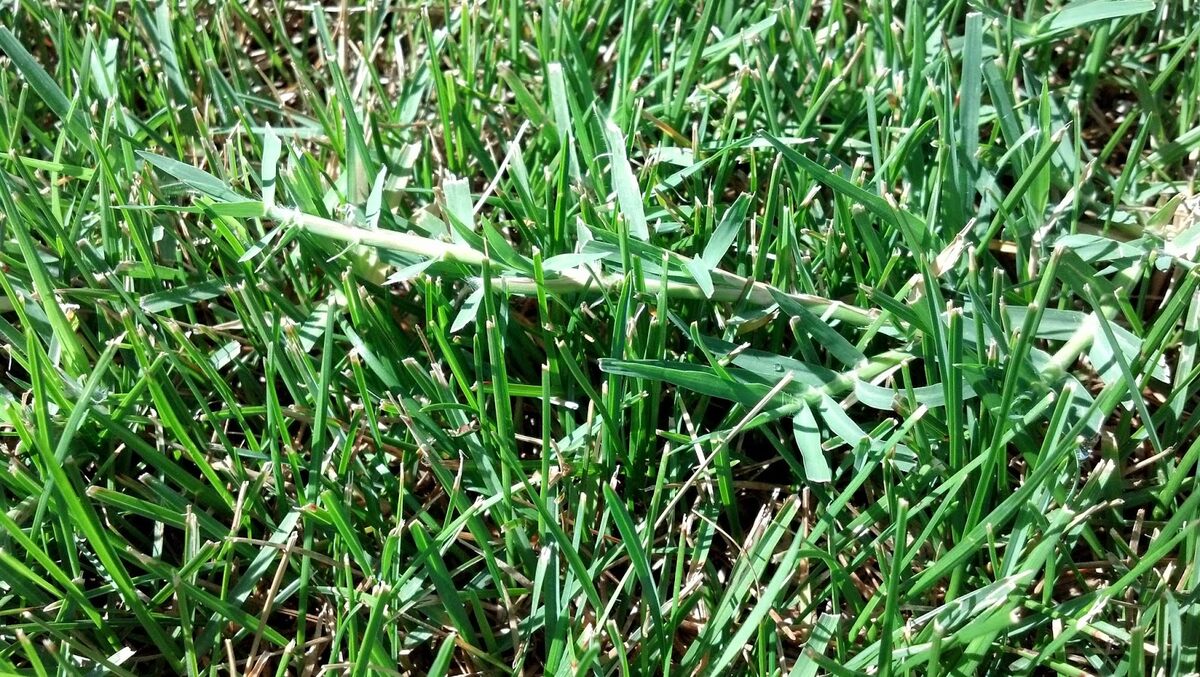

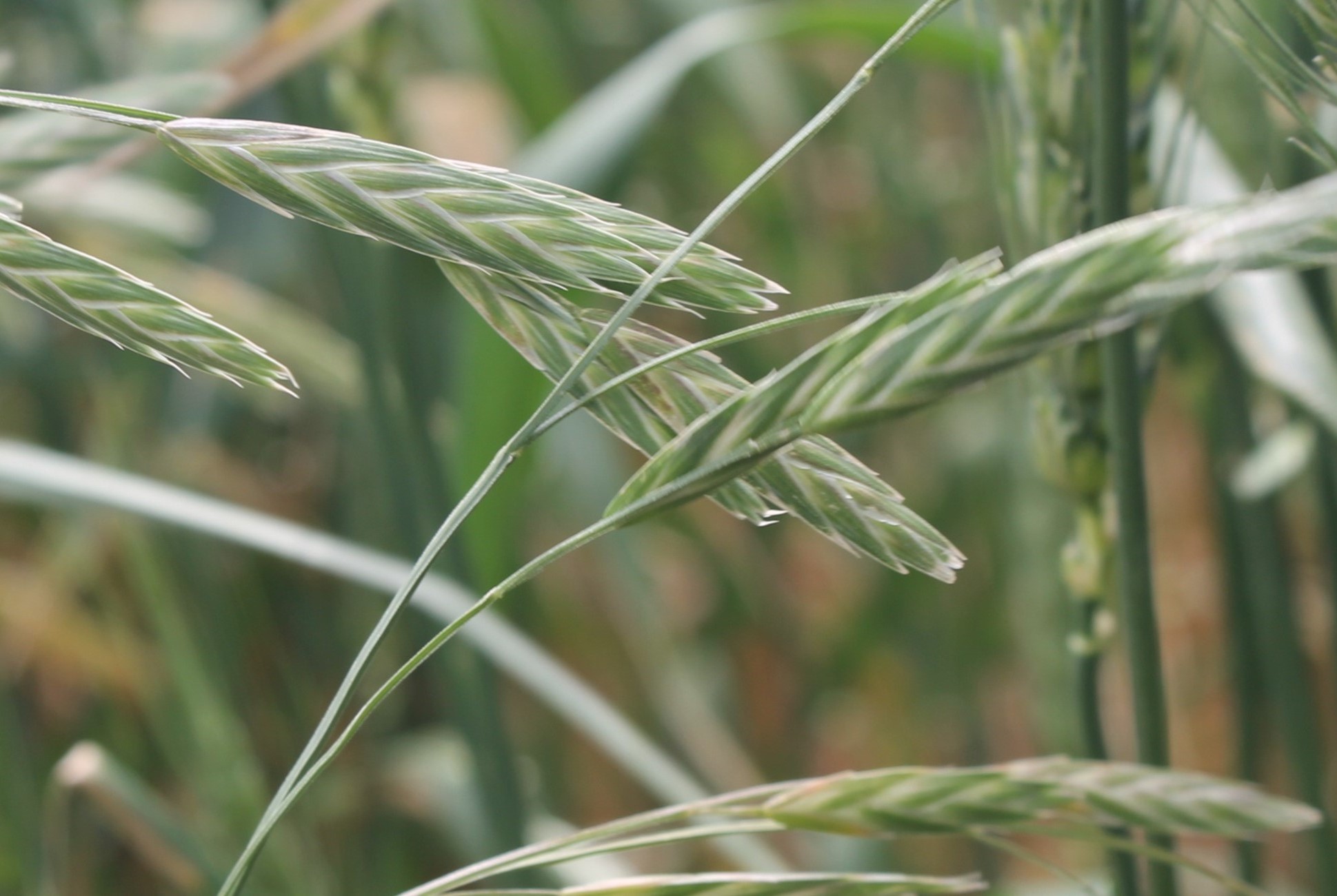

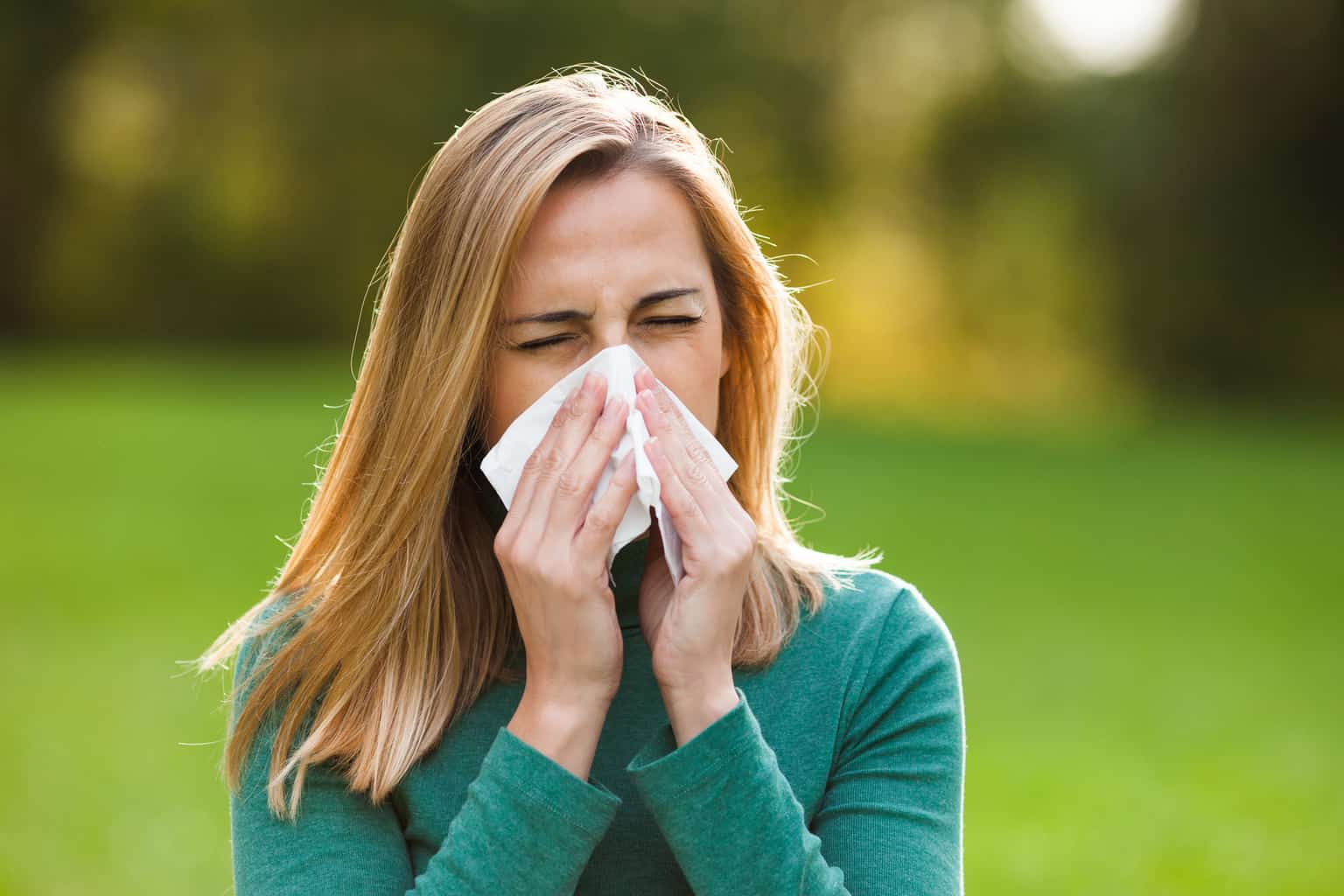
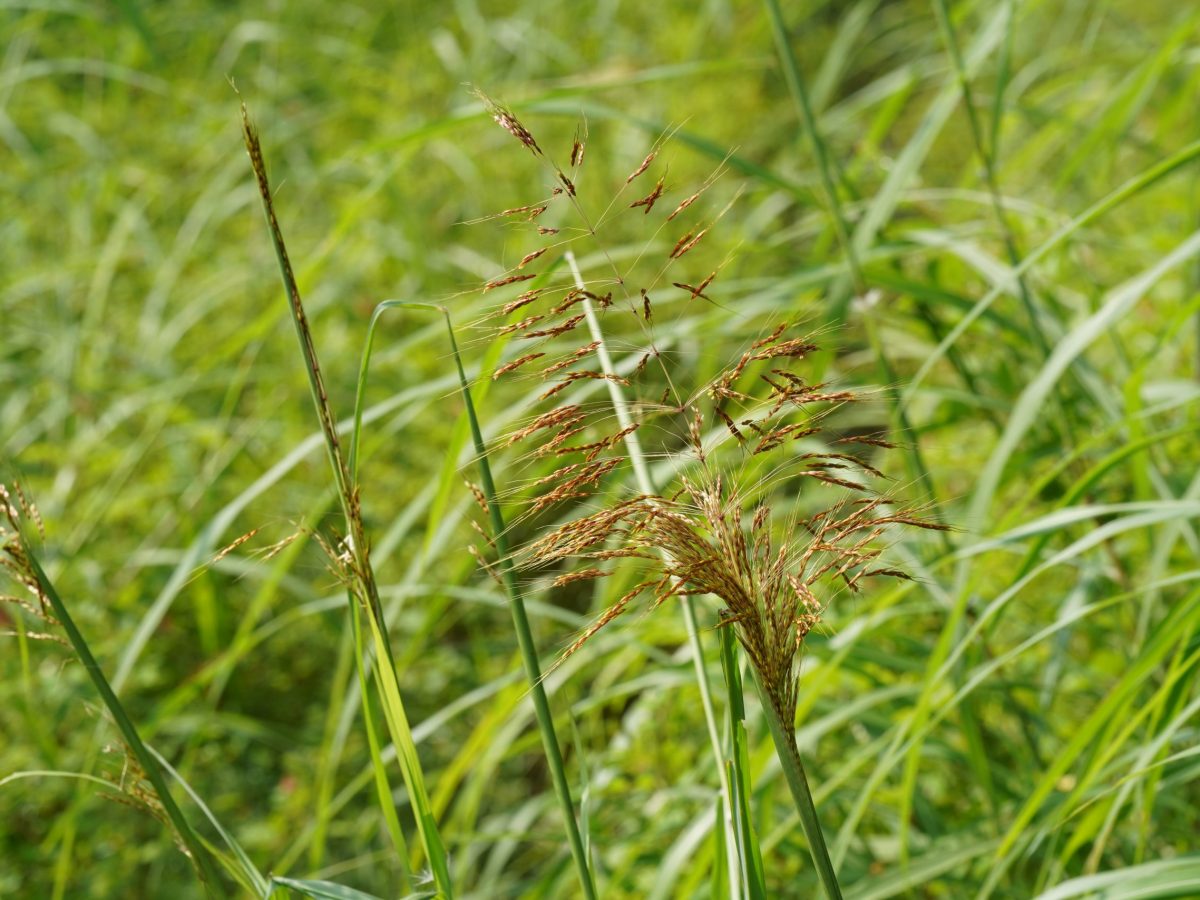
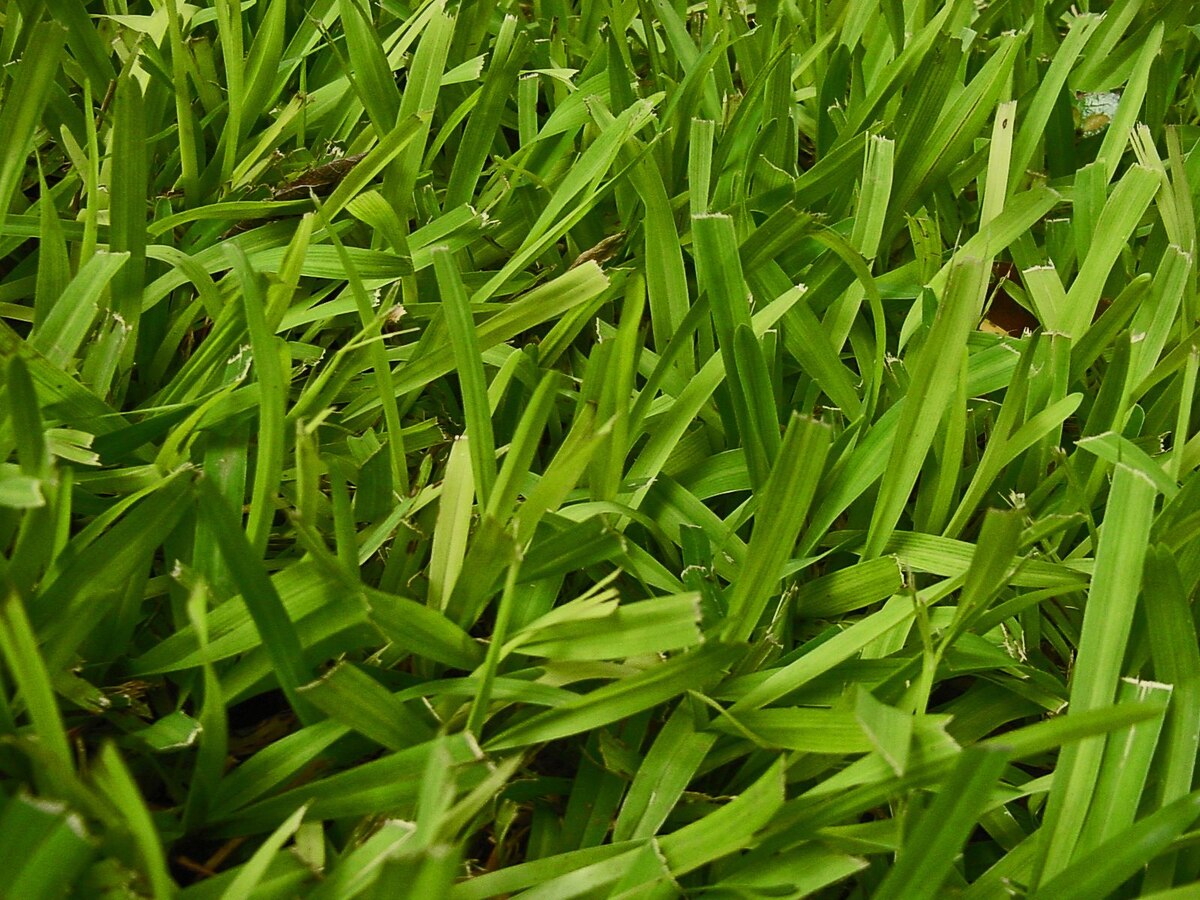
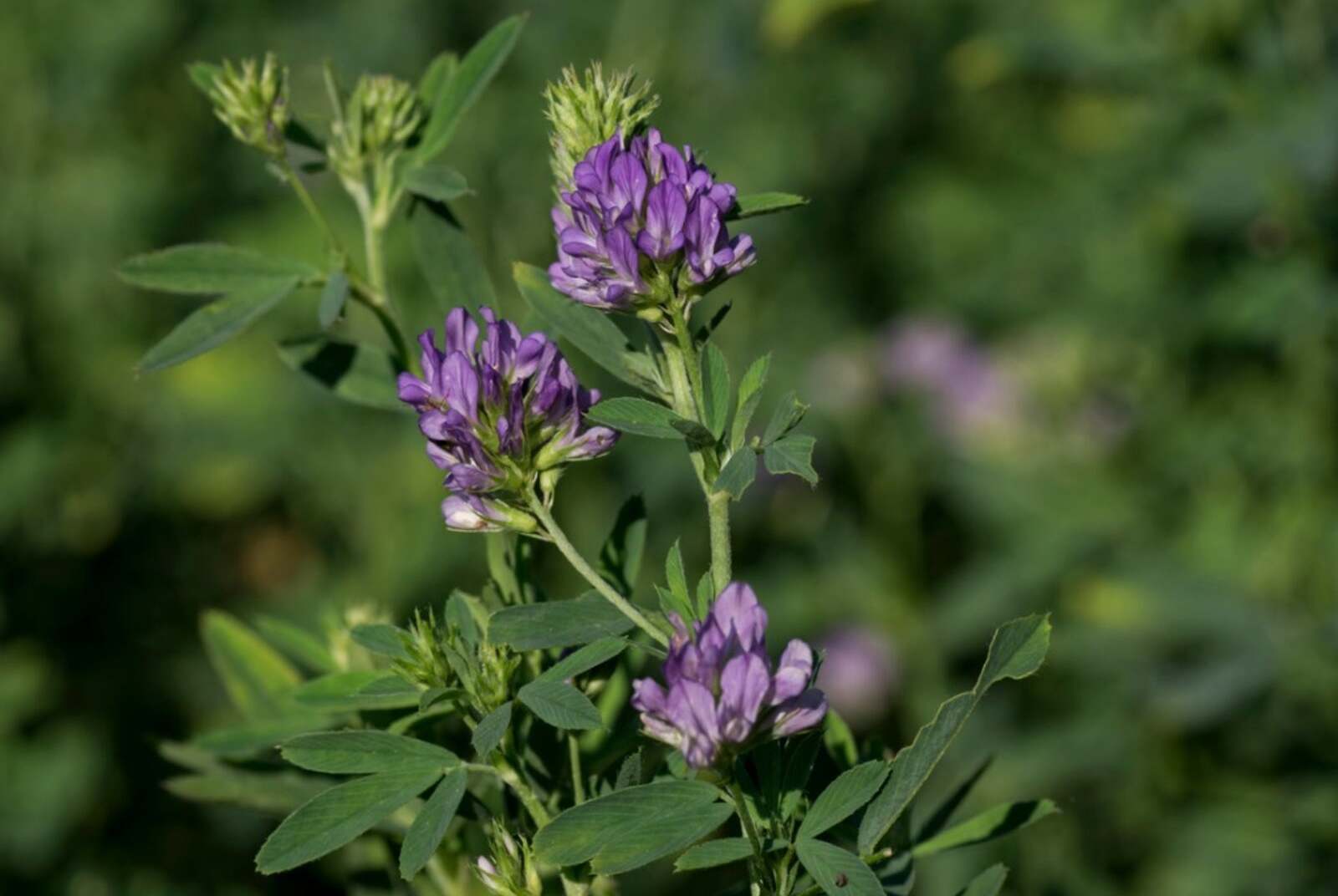
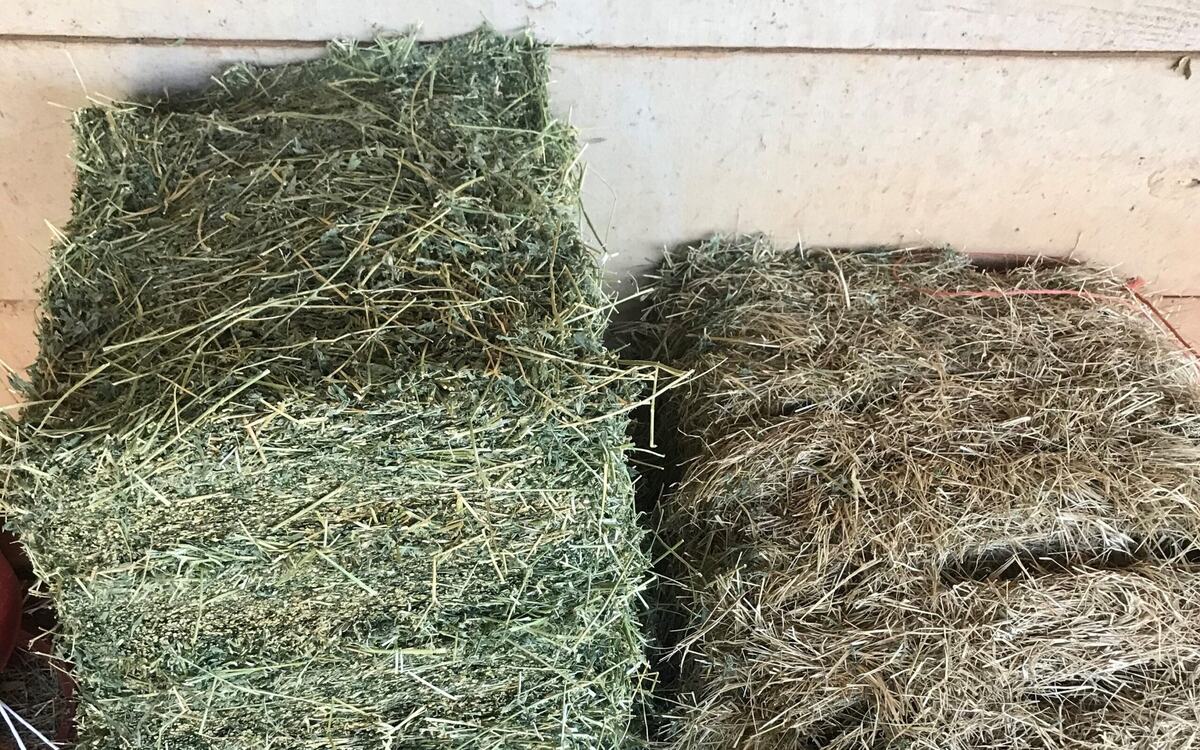
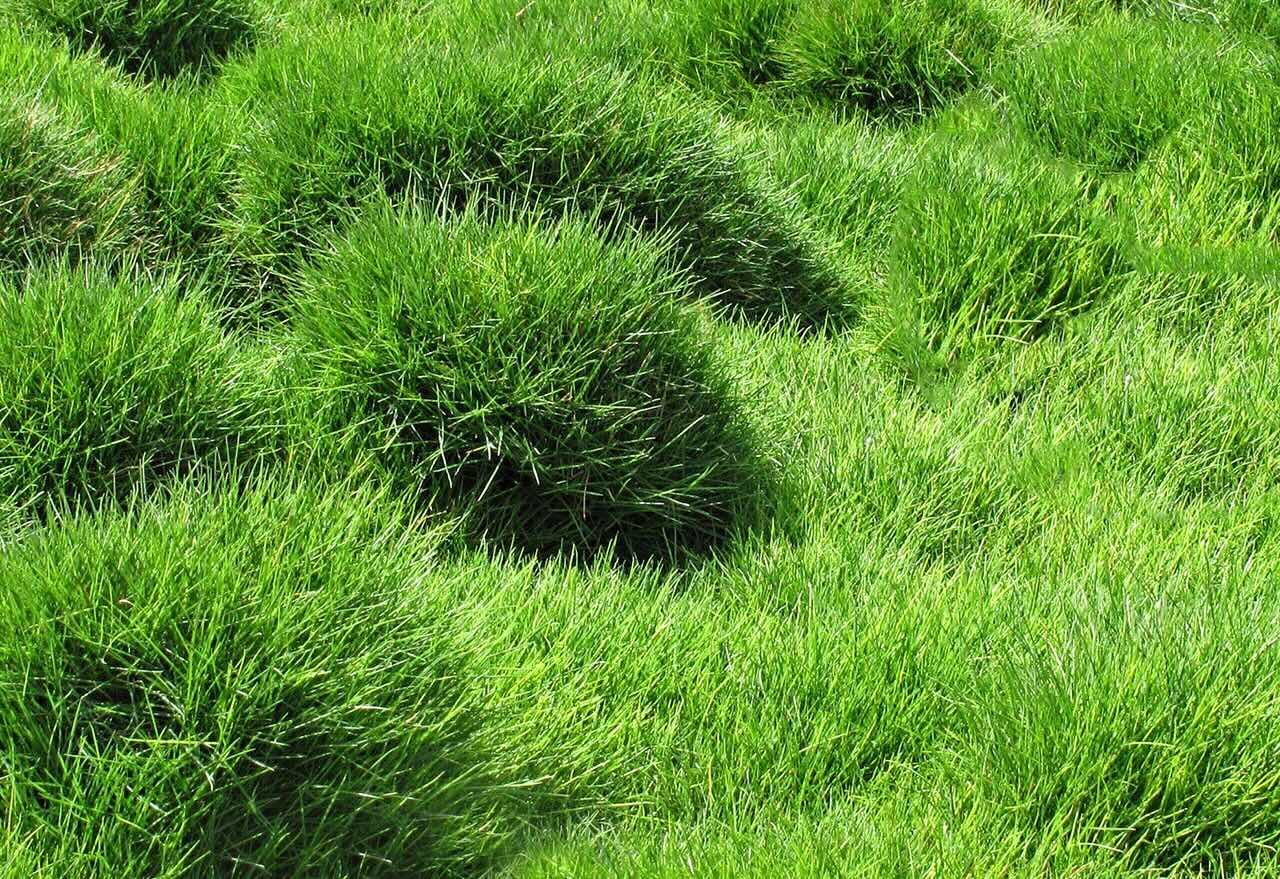
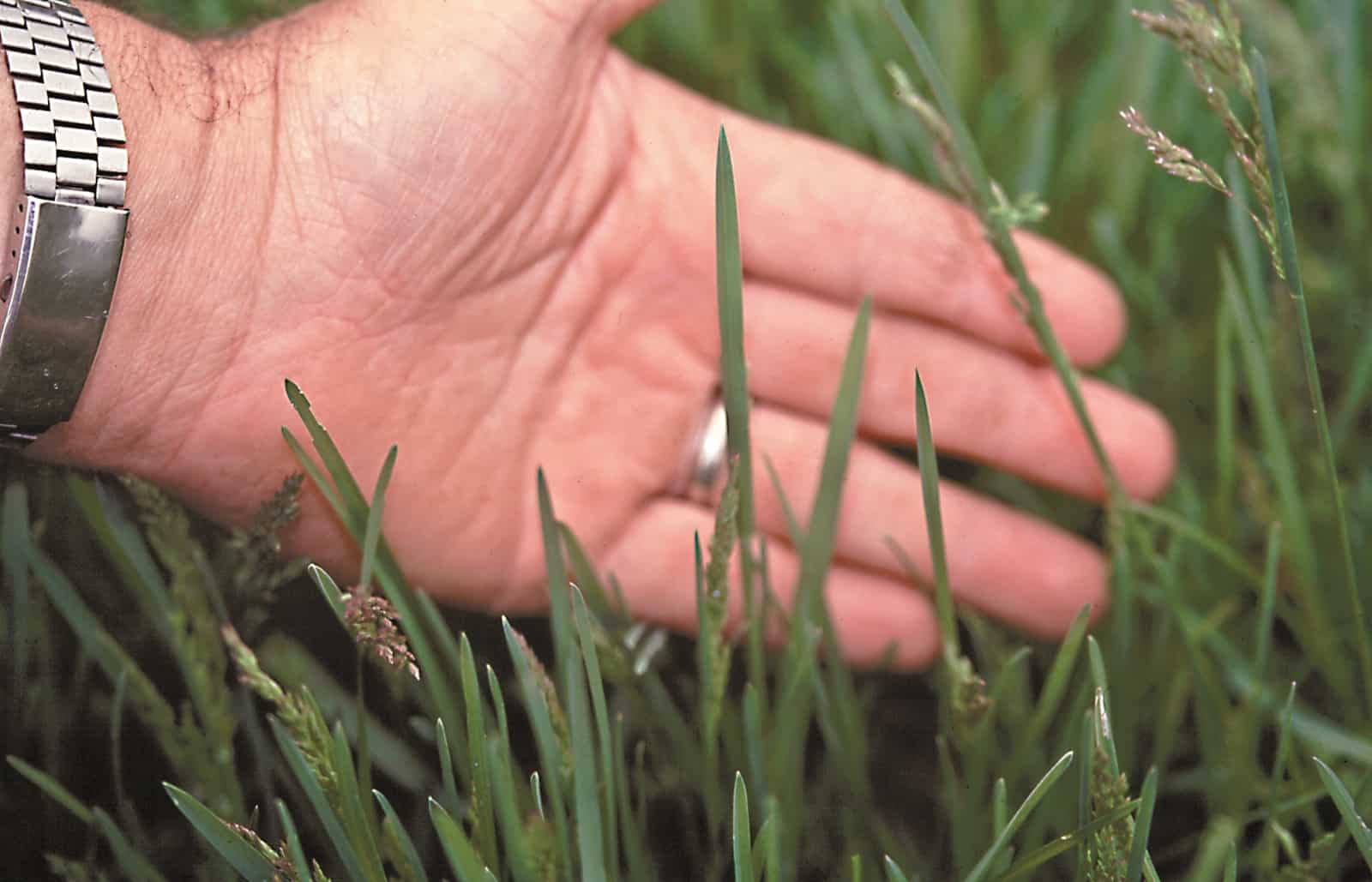

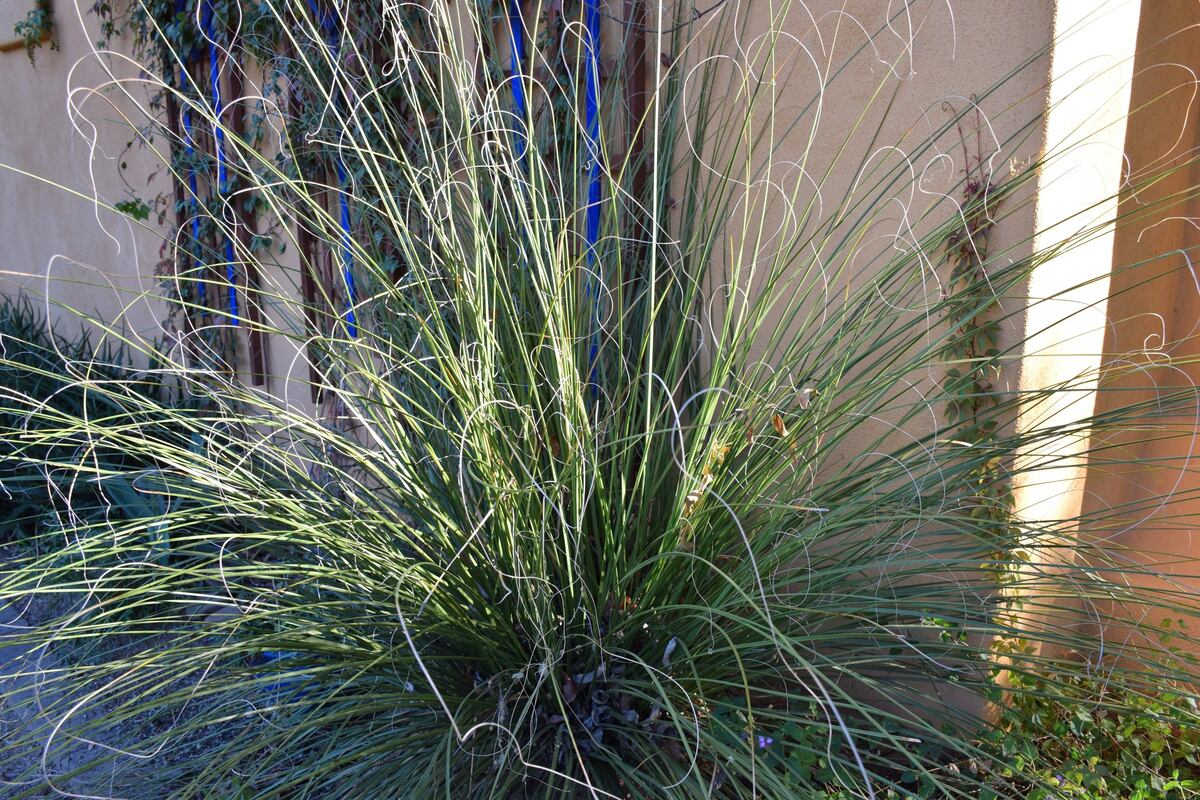


0 thoughts on “What Do Grass Chiggers Look Like”